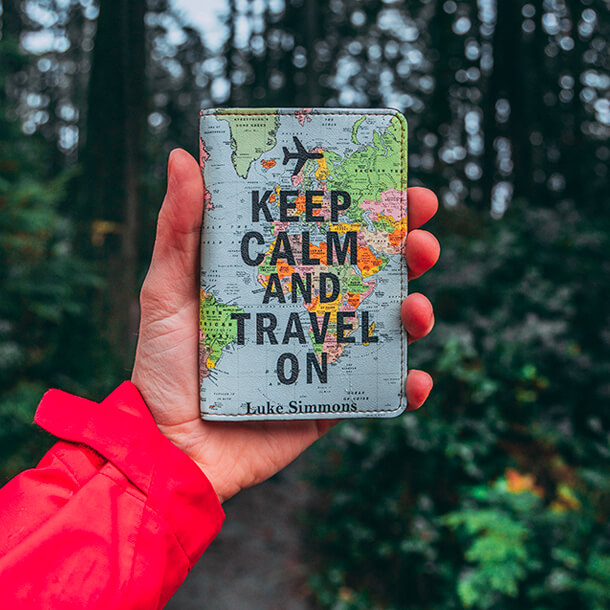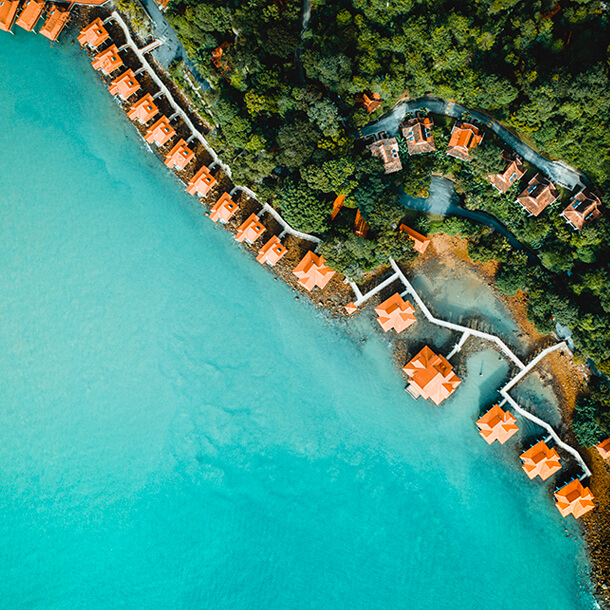When doing the dishes at home, most people have the luxury of rinsing their dishes in the sink and letting food scraps go down the garbage disposal.
But when you are out in the backcountry, what do you do with those pots, pans, and utensils that you just used to cook and scarf down your meal?
If you improperly dispose of food and the water you use to clean your dirty dishes (a.k.a. grey water), you could hurt wildlife and pollute the environment - not to mention negatively affect the experiences of other adventurers that come across your waste.
Yes, most food will eventually biodegrade, but if you are in a high use or sensitive area, it won’t degrade fast enough.
Remember, Leave No Trace is the most important practice you can do in the backcountry.
This means properly disposing of your food - even the small food particles and residue on your dishes.
In this article you will learn the best practices for cleaning your dishes in the backcountry.
How to Wash Dishes
If you got value from this article, please support my work by sharing it - or you can buy me a coffee.
I currently do NOT use affiliate links or receive compensation for products I recommend. I do this so my work stays honest and in line with my values. I only recommend gear that I personally use and believe is the best.
Clean Your Plate with Your Stomach First
It seems obvious, but the best way to clean your dishes before you wash them is to try to eat every last morsel of food on your plate or in your pots.
The more crumbs and food particles you can remove from your dishes and utensils, the easier the dish washing process will be.
This starts with planning ahead (meal portioning) and not cooking too much food so that you don’t have any leftovers when you finish your meal.
Try to scrape, lick, or wipe of any remnants of your meal that is still on your dishes.
A standard technique for cleaning your plate before washing is to:
- Add a tiny amount of filtered drinking water to your plate or pot.
- Swish the water around in your plate to clean off the food residue and particles.
- Drink it. This may sound gross, but you get used to it - I promise!
This pre-washing technique is not required, but it will make the dish washing process (below) significantly faster and easier.
Finally, if you absolutely can’t finish your meal, pack it out.
Scrape off any last food scraps that you can’t eat from you dishes, pots, and utensils.
Use Ziplock bags to collect and store any leftovers, scraps, or other food waste from meals you can’t finish - this will seal out odors and prevent leaking.
Important: make sure you keep your food waste in you bear bag, bear canister, or other system that you use to store your food safely at your campsite.
Preparing to Wash Your Dishes
When you wash dishes in the backcountry, the water you produce through cleaning is called grey water.
In order to responsibly (i.e. according to Leave No Trace guidelines) wash your dishes in the backcountry and dispose of grey water properly, you will need the following supplies:
- A lightweight backpacking dish bucket like this. This dish bucket will be used to collect your grey water.
- A small lightweight strainer. kitchen sink strainers work great (for the minimalist), but you can also find small handheld strainers like this. Even a bandana will work for.
- A camp towel, small cloth or bandana. A small microfiber towel like this works best.
- Biodegradable soap (optional). Good examples are Wilderness Wash or Campsuds.
- Small sponge and/or scraper (optional). This little tool works great.
- Your camps stove (optional).
- A spare pot or water reservoir to collect strained water (optional).
Consider not using soap at all if you are backpacking. Warm water works great to clean most dishes, and no chemicals are introduced into the environment.
If you do plan on using soap to wash your dishes, here are the most important guidelines to follow:
- Use a biodegradable soap: choose soap that has NO phosphates or other harmful chemicals that are known to pollute the environment. Great examples are Wilderness Wash or Campsuds.
- Use soap sparingly: usually just a few drops will do. Even though biodegradable soap will degrade over time, try to leave as little as possible in the environment.
- Avoid getting soap in natural water sources: it can takes biodegradable soap much, much longer to leave lakes, rivers, and streams - if it ever does at all. Bacteria in soil will break down certain biodegradable soaps, so keep soap on land and far away (at least 200 feet) from water sources.
How to Sterilize Your Dishes
If you rinse your dishes with clean, treated water, you likely don’t need to worry about sterilizing them.
However, if you suspect that bacteria or other germs have contaminated your dishes, there are a few way to disinfect or significantly clean them.
Boiling
As discussed in my water treatment guide, boiling water will kill all pathogens (i.e. harmful germs).
Simply boil water inside a pot to sterilize it or dip/rinse your plates and utensils into boiling water to sterilize them.
Soap
While soap is usually not necessary, this is when soap may be most practical.
Soap will facilitate in removing germs from your cookware and dishes, however, no biodegradable soap that I know of has the ability to sanitize.
Biodegradable soap should remove more germs than warm water alone.
Avoid Introducing Germs
A smart way to disinfect your plates it to prevent them from getting dirty in the first place.
- Don’t let dirty, untreated water from rivers, lakes, or other natural water sources come in contact with your dishes or anything else you eat off of.
- Dry your pots, dishes, and utensils after using them or let them air dry before storing them.
- Put clean, dry dishes in a Ziplock back or other sealed container to prevent them from getting dirty before your next meal.
Summary of Key Points
- Clean and scrape off your dishes, pots, and utensils as much as possible before you begin washing them.
- Wash your dishes and dispose of gray water at least 200 feet (70 large steps) from any water source
- Use a very small amount of biodegradable soap - just enough to get the job done - or none at all
- Dispose of your grey water properly by straining it and then either burying it in a 6 inch cat hole or broadcasting it over a wide area.
- Keep all food waste that you have collected in your bear bag or canister.
Final note: this article describes general best practices for cleaning dishes and disposing of food waste. This is by no means the only way to do your dishes in the backcountry, but it is one of the best that adheres to Leave No Trace practices. Check your local regulations to ensure you are abiding by them.
Procedure for Washing Dishes
Note: The sooner you being the cleaning process, the easier it will be to clean your dishes. Hardened food will take more time and effort to clean off.
- Collect water in a reservoir dedicated for untreated water only. How much you need will vary depending on group size/number of dishes.
- Filter or purify the water the water collected in step 1. Since you will be eating from or off of your dishes, you want to clean them with water that is free of germs. Learn how to treat water for safety here.
- Carry your water and all of your dish washing supplies 200 feet away from your campsite and any water source. It is very important to wash your dishes at least 200 feet away from any natural water source. You will also want your dishwashing station 200 feet away from your campsite so that you don’t have any unwanted guests (a.k.a. wildlife) attracted to your campsite from food scraps or grey water.
- Heat water over your camp stove. The water shouldn’t be too hot to touch. Heating water is not required, but it will help loosen food from your dishes.
- Fill you dish bucket. Pour your clean, treated water that you produced in step 2 into your dish bucket.
- Clean your dishes in your dish bucket. Dunk you dishes in the bucket one at a time and scrub them clean with your sponge or scrubber. You can use a tiny drop of soap here, but soap is optional. Alternatively, you can pour your clean water over the dishes and catch the dirty water in your dish bucket.Your dish bucket should now be filled with dirty grey water that contains food residue and other food particles. Make sure you keep all soap in the dish bucket so you can dispose of it properly.
- Dig a small cat hole. Dig a cat hole that is 6-8 inches deep (just like you would to bury your poop).
- Strain the grey water. Do so by pouring your grey water in your dish bucket through the strainer and directly into the cat hole. If you are not using a cathole, pour the strained grey water into your spare pot or reservoir. If you used a spare pot or reservoir to collect the strained grey water, broadcast the water by scattering it over a large area. Broadcasting essentially means flinging the pot so that water sprays around the area you are standing on.
- Dispose of scraps in the food strainer. Place the food scraps and particles collected in the strainer into a Ziplock or other designated trash bag.
- Dry your dishes. Use your camp towel to dry everything off or let them air dry before storing. This will help stop the growth of germs on your plates.
Always wash your dishes at least 200 feet away from any water source or campsite.

%20(3).png)










